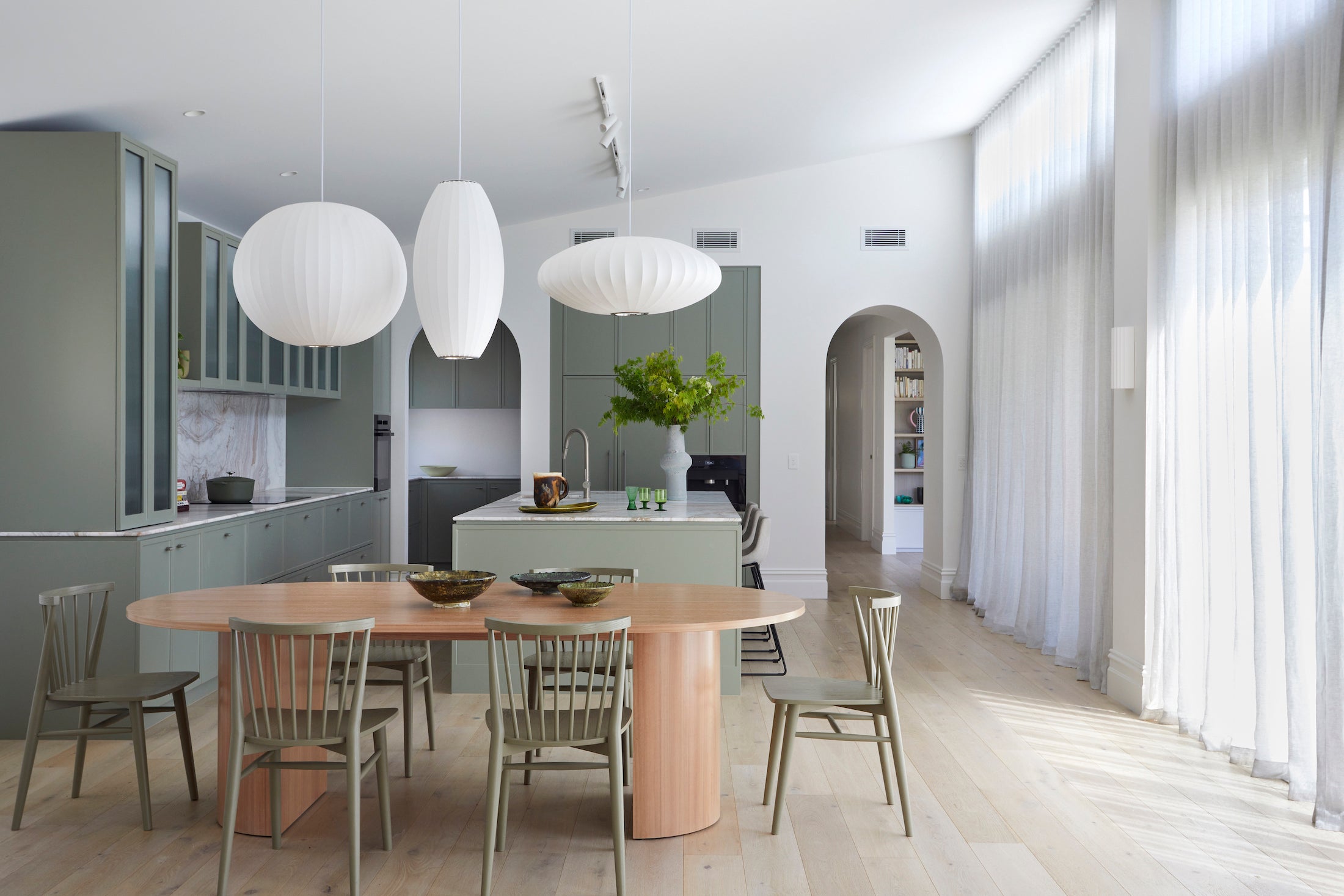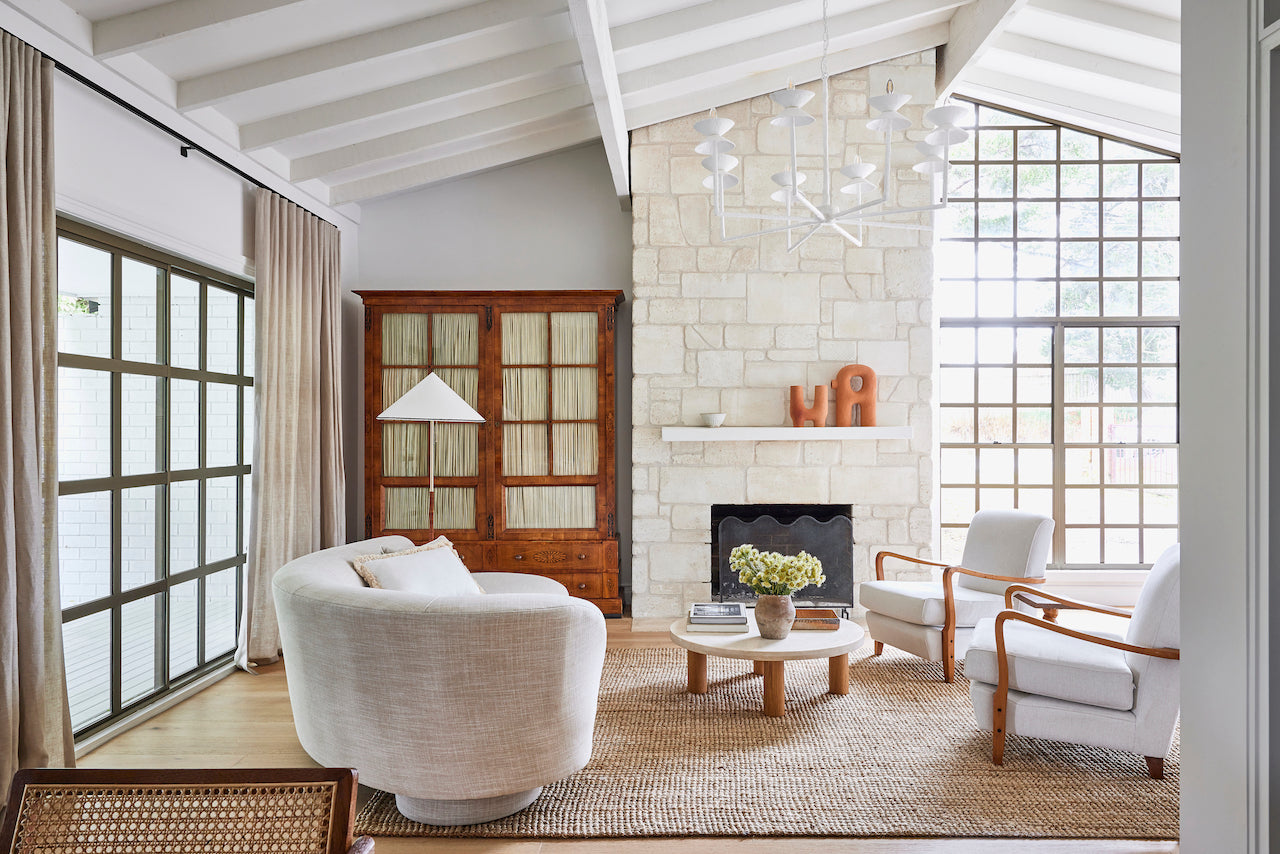
Solid timber flooring has long sat at the apex of flooring due to its natural presence and prestige. But more recently a new type of timber flooring has emerged, one which has quickly taken centre stage in the flooring world; Engineered Timber.
So, if you’ve decided on timber flooring it’s important to understand the differences between engineered timber and solid timber flooring.
Look, Feel & Sound
There is little difference in the look of engineered timber and solid timber flooring as both products have a solid wood face and are both made from natural materials, so no two boards will look the same. The unique boards add character to your home and is what sets timber flooring apart from other alternative flooring options. Comparable to solid timber, engineered timber floorboards both feel and sound similar when glued down, creating minimal footfall noise.

Durability & Product Lifetime
Both solid timber and engineered timber are built to withstand the test of time. Both floorboards can be re-sanded over their lifetime, this can be done many times with solid timber flooring, while engineered timber is more restricted in number of times you can re-sand the floorboards. Solid timber flooring is more susceptible to expansion and contraction due to temperature and humidity levels, while engineered timber is designed to be more durable, stable and sturdier over time, minimising the risk of warping and cupping due to climate and humidity.
Price
Being a natural product, timber flooring typically sits at a higher price point than other flooring alternatives. Although, engineered timber is significantly more affordable than solid timber flooring. Due to its multi-layered construction, engineered timber uses less timber per board, while maintaining the same look and feel as solid timber. This is better for the environment, better for the boards and better for your wallet.

Environmental Impact
It may surprise many people, but timber flooring is one of the most environmentally friendly flooring options you can choose for your home. All Flooring Online’s timber flooring is certified as sustainable. This means the timber come from renewable forests and assists in planting millions of new trees every year. Making the most out of every tree is also important, and engineered timber utilises more of each tree compared to solid timber.

Installation
Engineered timber was designed with the DIYer's in mind. With its easy lock-in system, engineered timber can be floated or glued down, making it ideal for DIY installation. Solid timber flooring, on the other hand, is not recommended for our DIY customers and must be acclimatised to its install environment for up to 6 weeks, to let the timber adapt to the humidity and temperature of the location. Solid timber flooring also requires further staining and coating once installed and cannot be walked on immediately, however, pre-finished engineered floors can be walked on immediately after install.
So which one comes out on top?
Both solid timber and engineered timber have their benefits and disadvantages, but after looking at them both in detail we believe one stands out as a clear winner: Engineered Timber flooring. Engineered timber is an affordable timber flooring option which is more durable than solid timber and can be installed by the weekend warrior DIYers.
Browse our entire Engineered Timber range at flooringonline.com/collections/timber-flooring
 |
By James EmbeltonJames Embelton is the managing director of Embelton Ldt., the parent company of Flooring Online.With years of experience in the commercial flooring industry, James brings a wealth of knowledge on flooring and construction. James is the man behind the vision for Flooring Online. |




